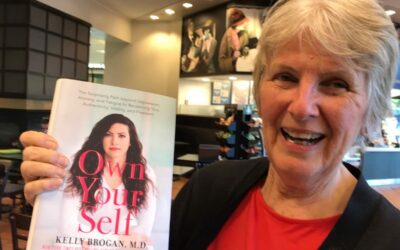Most of my career, I’ve been a copyeditor for large NYC publishers, an intellectually stimulating but also somewhat straightforward task. It starts with this injunction:
A copyeditor must never fix or improve the author’s style.
(What is style? See Dave Hood’s excellent breakdown of style, tone, and voice.) Copyediting entails:- Fixing spelling, punctuation, and grammar
- Ensuring consistency with the Chicago Manual of Style, the house style guide, and the author’s own style (usually while creating a style sheet)
- Fact checking (often but not always)
- Checking for continuity (do the main character’s eyes stay sky blue or turn to cloudy gray halfway through?)
Line Editing Defined
Line editing is editing for language, as opposed to story. When you’re line editing, you can and should improve the author’s style, including attention to:- Sentence structure (syntax)
- Word choice (diction)
- Tone and mood
- Tense
- Point of view consistency
- Rhythm and cadence
- Whether dialogue is snappy enough (or not too snappy, depending)
- Even rewriting short passages (with plenty of author queries added) to heighten or release tension



